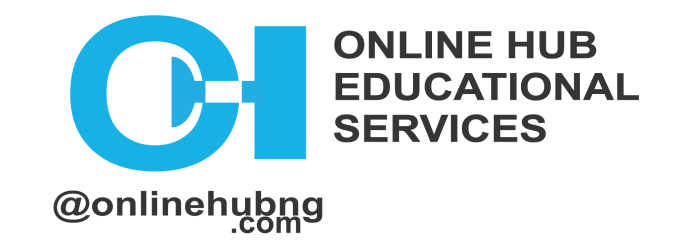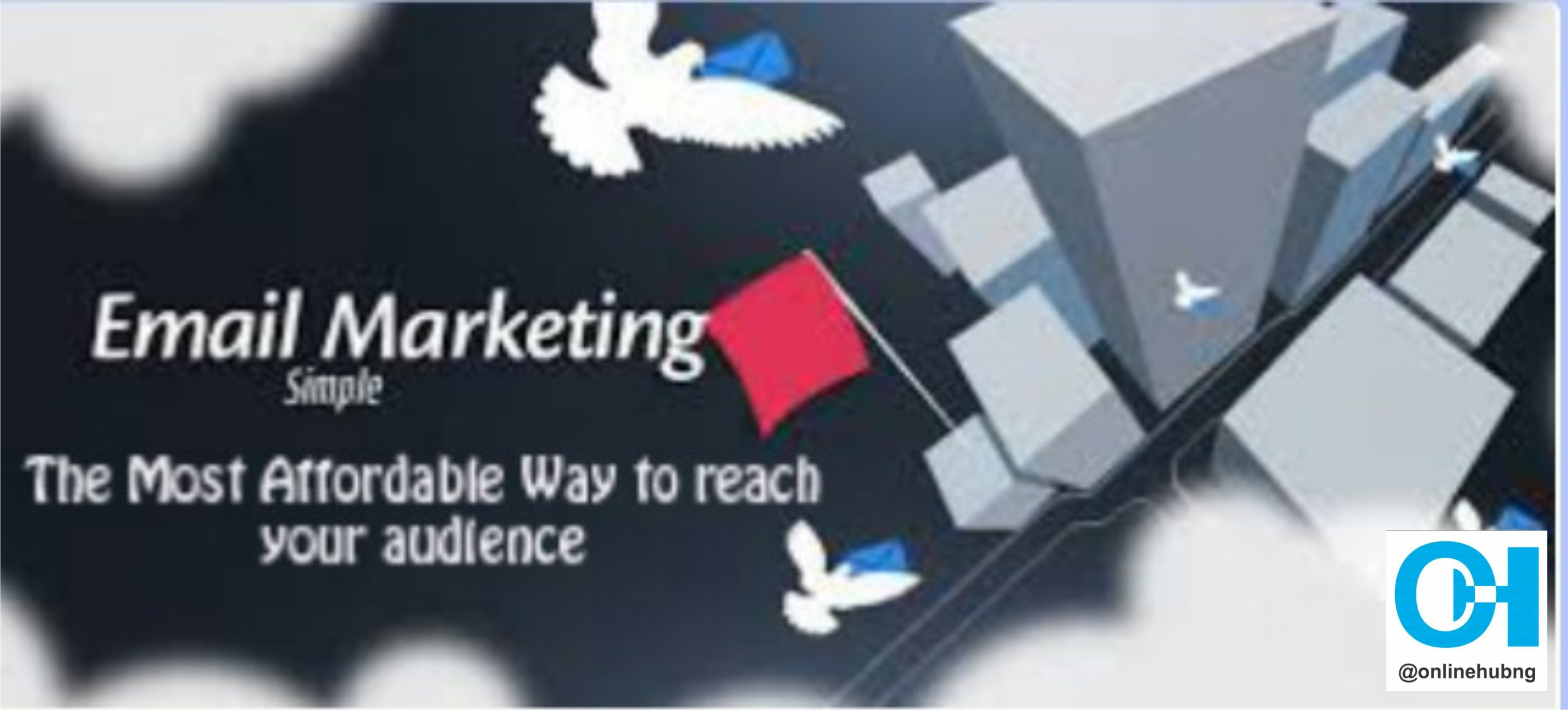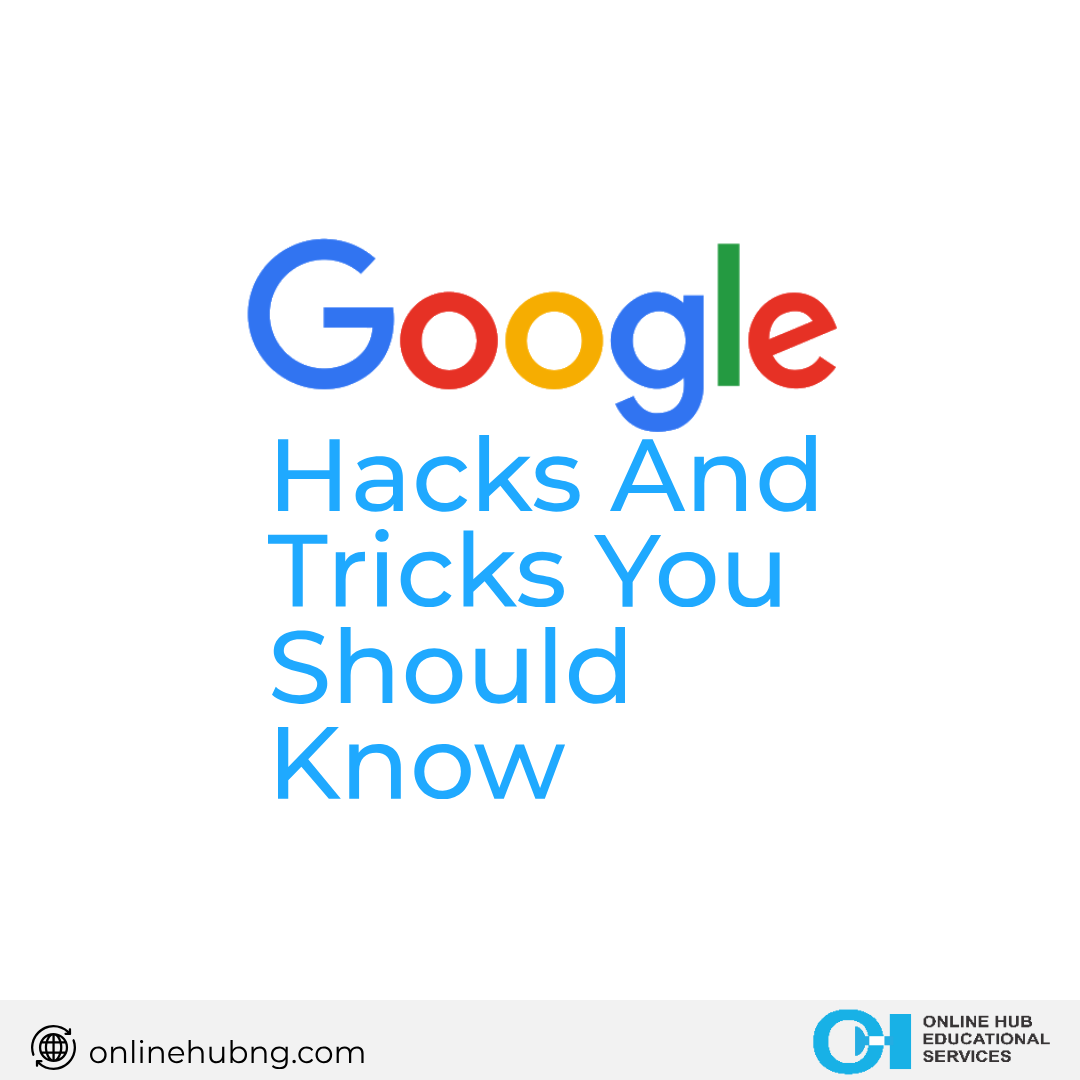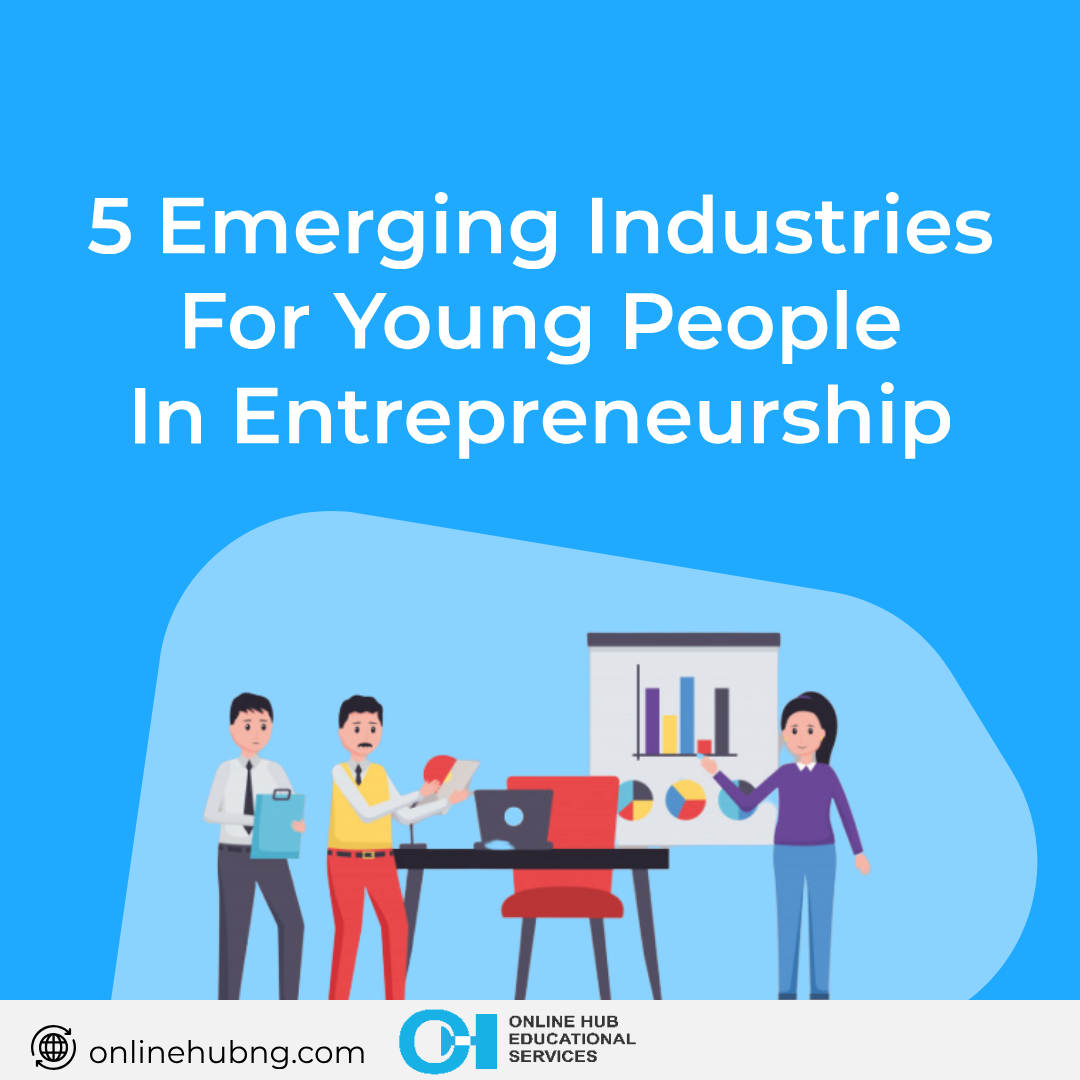EMAIL MARKETING moves the conversation about your business to a more personal environment — the inbox.
Email marketing strikes many as old-fashioned. More fashionable venues like social media and mobile marketing get all the attention. Some people will even try to tell you that email marketing is dead.
Unfortunately, reality doesn’t agree. In fact, with a strong content marketing approach, email is more powerful than ever, [thanks to social media.]
Email provides you the most direct line of communication for conversion to sales … which is why the most savvy content marketers have no intention of giving it up any time soon.
Step 1: Establish your goals
But before jumping in head first, it’s worth taking a minute to think about your goals and what you really want to achieve with email as that will dictate the type of campaigns you send, who you target, the content you include, and how you measure success.
The key to establishing the correct goals for your email marketing initiative is to align them with your company’s wider marketing goals & KPIs. Is the goal to drive new signups for your product? New leads for your sales team? More attendees for your event? More donations for your cause?
Email marketing is the single most powerful channel to reach your audience, and it can be used to achieve a number of different objectives, so it’s worth spending some time thinking about what you want to achieve with it before jumping in.
Step 2: Build your email list
There are a couple of different ways you can build your email list, but the right method for each campaign really depends on the goals you establish in Step 1.
Import a list of known contacts
If you plan to use email to keep in touch with existing customers, then your email list can be built largely by importing your existing customers details into your chosen email marketing tool.
Build a new list from scratch
If you plan to use email to communicate with an audience whose email address you might not have yet, then you’ll need to start capturing email addresses and building your list from scratch.
Fortunately for you, there is a 2-part formula for building your email list that is followed by many of the most successful email marketers around. The formula is:
A valuable incentive + simple subscribe opportunities = large email list
While it is a little bit of a simplification, it’s also just logic. Regardless of how many subscribe opportunities you present to a visitor, it’s unlikely they’ll act without a valuable incentive. And no matter how good your incentive is, you still need to make it simple for people to subscribe if you want to get them to join your list.
The real question is, what makes for an amazing incentive? And how can you make subscribing to your list really simple and easy? Here are some incentives you could use to entice people to join your email list:
- Compelling content – If you have a blog or produce content on your website, then offering to send your best content to subscribers via email is a powerful incentive for them to join your list.
- First order discounts – If you sell goods through an online store, then offering people a discount off their first order if they subscribe to your email list is an amazing incentive. Not only does it encourage people to subscribe, but gives them an incentive to purchase as well.
- Free or express shipping upgrade – Offering free or upgraded shipping on your customers’ purchase is a great incentive to join your list. Not only is this offer highly relevant – particularly when offered during the checkout process – but being able to get a desirable item into their hands quicker is a powerful motivator for people to subscribe.
Furthermore, the other part of the equation is offering numerous, simple subscribe opportunities as this makes it easy for people to opt-in. While the type of subscribe form you use will depend on the incentive you are offering, here are a few ideas:
Header Bar
The Header Bar sits at the very top of your website and contains a call to action encouraging people to join as well as a form to input your email address.

Slider
A slider is small box that ‘slides in’ to the bottom corner of your website and contains a call to action encouraging people to subscribe along with a field for visitors to enter their email address.

An excellent tool for setting this up on your own website is Scroll Box (part of the SumoMe suite of tools). This simple tool makes it easy for you to customize and insert a Slider into your website and integrates directly with Campaign Monitor to feed any email addresses you capture into your list.
By following the email list building formula mentioned above and coupling a valuable incentive with prominent subscribe opportunities, you’ll find it easy to build a new audience to send your email marketing campaigns to.
Step 3: Select the type of campaigns you want to send
Let’s take a look at the different types of campaigns and how they can help you achieve your email marketing goals.
Newsletter
An email newsletter is a regularly distributed email campaign that is generally about one main topic of interest. If your goal is to keep in touch with a list of people you already know (i.e. existing customers), then a newsletter is the perfect type of campaign to send. It will keep your business and your products top of mind and drive people back to your website.
Marketing Offer
A marketing offer email is essentially any campaign you send with the goal of driving a direct response.
This can take a number of different forms, including:
- A campaign showcasing some of the latest stock and encouraging people to purchase
- A campaign offering a discount or special promotion on your products or services
The marketing offer email is effective if your goal with email is to directly drive sales. It presents a product or discount offer and includes a direct call to action for people to click-through to your website and make a purchase.
Announcement
An announcement campaign is an email sent to your subscribers announcing a new product, feature, or service.
The announcement email is perfect if you want to keep an engaged audience (i.e. existing customers) up-to-date on your latest products or features. While the sharing of information is the primary goal, the email may have the added benefit of driving people back to your store or website where they can make a purchase.
Event Invitation
An event invitation email is a campaign designed to increase awareness of your event and encourage people to attend.
Step 4: Create your first campaign
Structure your campaign for easy reading
Research shows that an adult’s attention span is, on average, eight seconds. With such a short attention span, you can assume people aren’t closely reading your campaigns word for word and are instead scanning through them looking for something of interest.
Therefore, writing long, text-heavy email campaigns isn’t the best approach. You need to structure your emails to help draw people into reading your content while guiding them toward the email’s call to action.
An effective way to do this is by using the inverted pyramid model:

As you can see from the example above, emails following the model contain a succinct headline that highlights the key message of the campaign, as well as supporting information and visuals to help convince readers about the benefits of clicking-through. The reader is then presented with a prominent call to action button that makes it crystal clear what to do next.
By using the inverted pyramid model to structure your emails for easy reading, you’ll help ensure your campaigns grab people’s attention and get a high click-through rate.
Ensure your campaign is relevant to every subscriber
According to research, campaigns that are sent to segmented lists and contain relevant information can achieve up to a 760% increase in revenue from email.
So instead of sending one campaign to everyone, you should segment your lists and send relevant offers and content to each unique segment.
Ensure your campaigns are on brand and build trust
It’s likely that your email campaigns aren’t the only interaction your subscribers are having with your business. In fact, your subscribers probably visited your website or social media page to sign up for your email.
Because of this, it’s important that your email campaigns are aligned with the colors, fonts, and branding you use across all your other customer touchpoints so that your customers have a consistent experience with your brand.
Make it easy to convert
To drive your subscribers to click through from your email campaigns, you must make it as easy as possible for them to do so.
According to our research, 41% of email opens are happening on mobile devices, so if your campaigns aren’t optimized across all devices, then there’s a good chance you’re making it unnecessarily difficult for your subscribers to convert.
Step 5: Measure your results
There are two places through which you can track the success of your email marketing campaigns: Your email marketing tool (such as Campaign Monitor) and your website analytics tool (such as Google Analytics).
The reports section of your email marketing tool is the place to go to understand how people interacted with your email campaigns.
The report presents to you the key metrics of your email marketing campaign, including:
- Number of unique opens – The number of unique subscribers who opened your campaign.
- Number of bounces – The number of email addresses to which your campaign could not be delivered (for a variety of different reasons).
- Number of emails not opened – The number of unique subscribers who did not open your campaign.
- Open rate – The percentage of all subscribers who opened your campaign.
- Click-Through Rate – The percentage of people who opened your campaign who then clicked on a link.
- Unsubscribe rate – The percentage of people who unsubscribed from your email list through this campaign.
- Spam complaints – The number (and percentage) of people who marked your campaign as Spam by clicking the ‘Mark as Spam’ buttons in their chosen email client (e.g., Gmail, Yahoo Mail, Outlook, etc.).
- Shares – The number of people who forwarded your campaign to a friend (using the forward icon in your email template) or shared it via social networks like Twitter and Facebook.
These metrics give you a high-level overview of how your subscribers are interacting with your campaigns and allow you to compare the success of one campaign to another. If you want to go deeper and see the exact people who opened and clicked your campaign, what links they clicked, etc. you can do so by choosing some of the other reports from the right hand side menu.
Once you’ve spent some time analysing how people interacted with your email campaign, you can take it a step further and look at what happened after they clicked through to your website.
To do this, you need to have a web analytics tool (like Google Analytics) installed on your site.
Email marketing is a powerful driver of sales & revenue for your business, and has a greater reach and return on investment than any other channel available to marketers today.
So follow the 5 steps outlined in this guide to quickly and easily get started with email marketing. You’ll find it is simple to create and send an email campaign, and it’ll drive unparalleled results for your business.





